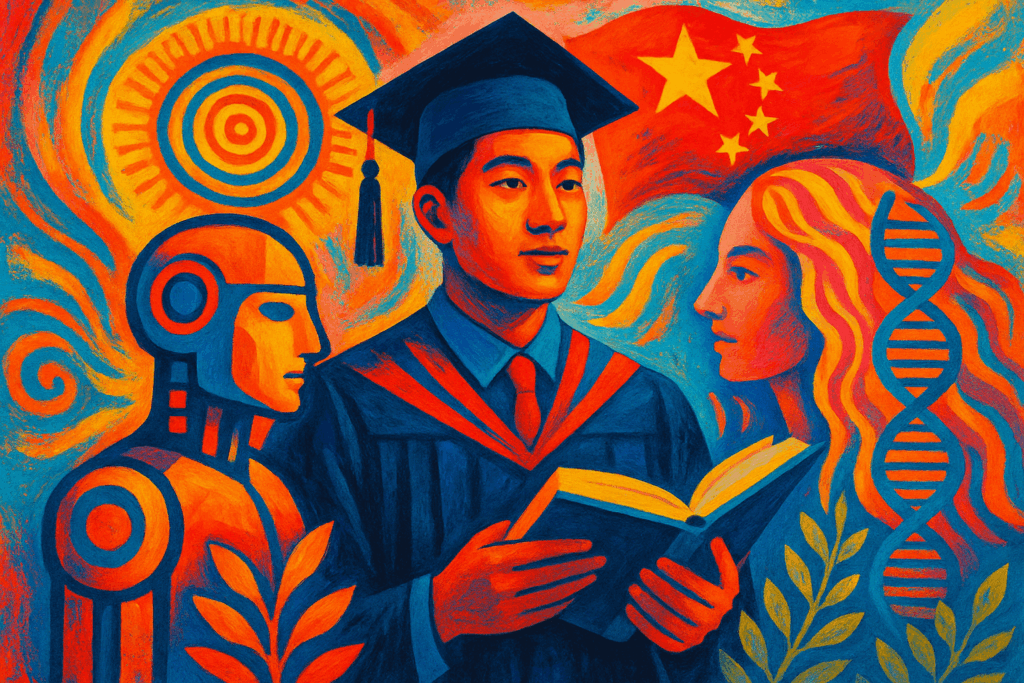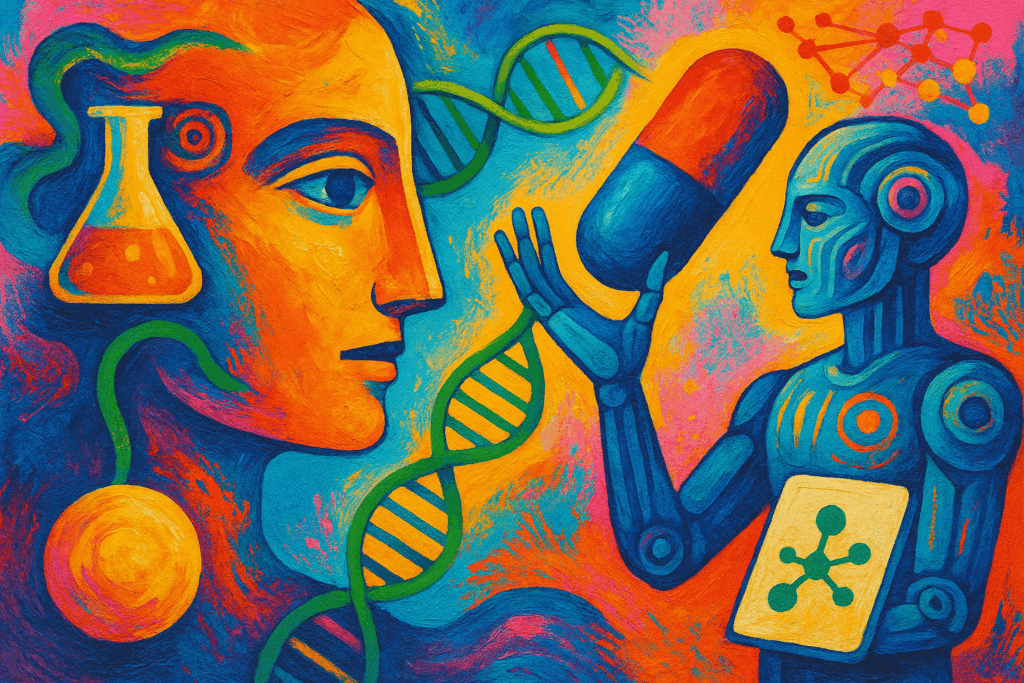China’s AI & Biotech Education Overhaul: A Strategic Pivot
Realignment for National Tech Ambitions
China’s latest higher education reform signals a deliberate shift towards cultivating talent in artificial intelligence (AI) and biotechnology. The Ministry of Education has outlined a policy framework that reallocates resources away from traditional majors toward emerging tech fields deemed vital for national strategic development. This pivot addresses previous mismatches between education outputs and labor market demands, positioning AI and biotechnology as focal points within the new curriculum and research priorities.
Prioritizing AI and Biotechnology Fields
The reform entails restructuring academic programs, enhancing faculty expertise, and investing in labs and data infrastructure tailored specifically to AI and biotech disciplines. By establishing data-driven platforms to guide decision-making, universities are encouraged to adjust offerings based on real-time labor market trends and innovation needs. This targeted resource allocation aims to accelerate China’s capacity to innovate in sectors critical to healthcare, industry, and national security.
Crafting the Next-Gen Workforce
The reforms also emphasize interdisciplinary approaches, blending AI methods with biotechnological applications to equip students for complex challenges in healthcare and beyond. Collaborative initiatives between government bodies and top-tier institutions like Fudan and Tongji Universities highlight efforts to build a skilled workforce prepared for the evolving demands of these fields. Faculty training programs and research incentives are aligned to foster cutting-edge knowledge creation and practical expertise.
Global Implications for AI-Biotech Innovation
This shift reflects China’s ambition to secure a competitive edge internationally by developing homegrown experts and technologies in AI and biotechnology. As the reform progresses, global stakeholders in health technology and innovation will likely observe increased entry of Chinese talent and breakthroughs, potentially reshaping dynamics in research collaboration, venture investment, and market leadership. Ultimately, China’s higher education overhaul represents a strategic effort to integrate education policy with national science and technology objectives.




